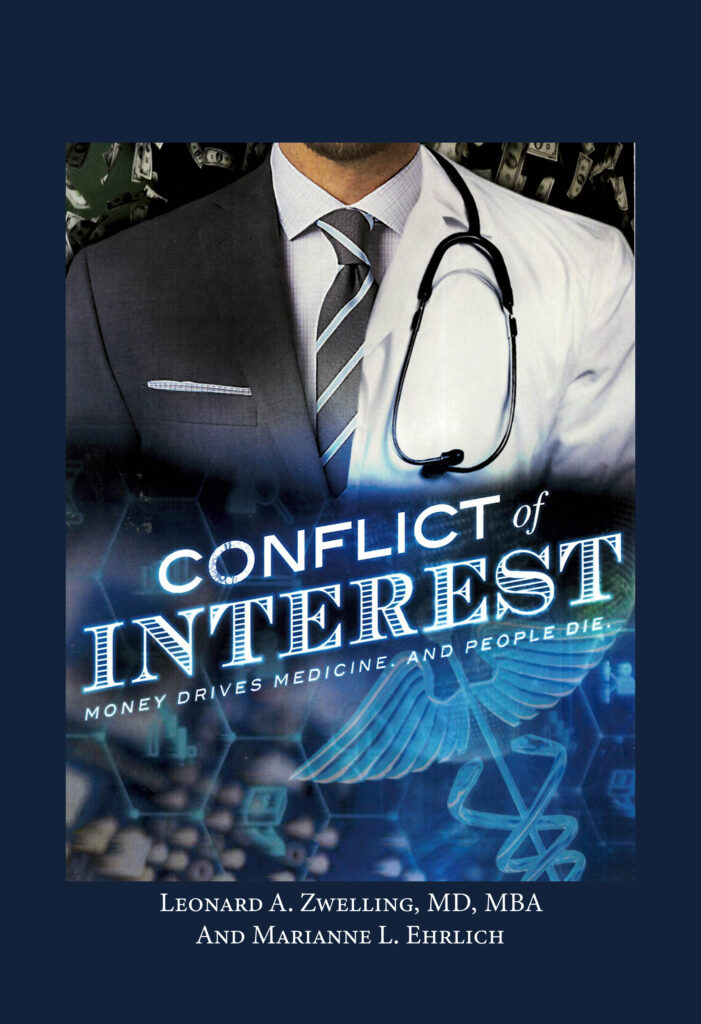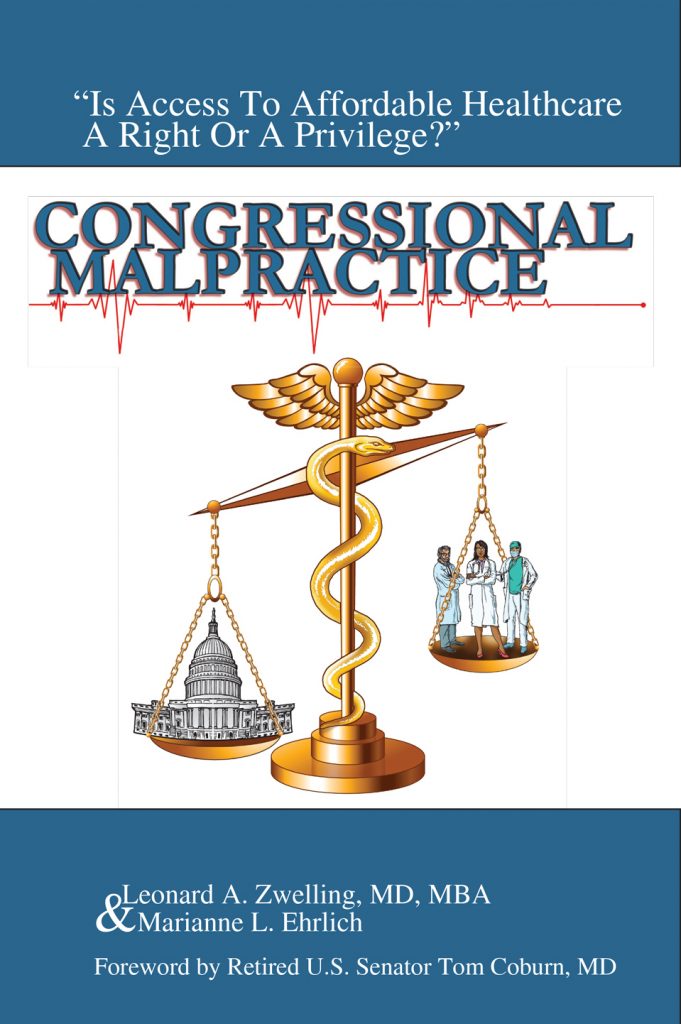Why
the Prom Mattered
By
Leonard
Zwelling
Forgive an old man.
When I came to MD Anderson almost 30 years
ago, there was a very special tradition that many of you have heard about but
only a vanishing few have experienced.
Every year in the spring, the faculty
gathered, usually at a very up-scale hotel and in formal dress (that means
tuxes and long gowns, not “festive attire”) for a very special celebration. The
celebration was for those faculty members honored at the time of their
retirement.
Upon arrival following the valet parking,
one was greeted by a lavish buffet and flowing wine and liquor. There was a
live band playing (The Bob Smith Band, I believe), no DJs and they played real
music. People danced and partied. Dinner followed after which there was a
splendid program celebrating the professional lives of the honorees accompanied
by the unveiling of their portraits that would soon hang in the hallways of
Anderson. The honorees each spoke after being introduced by a colleague,
usually with great stories, both funny and touching. The families of the retirees
were invariably there and each got a great send-off.
It is important to appreciate that these
retirees in the mid-1980s were some of the most famous people in all of
oncology. These were giants whose names I had read for the previous 10 years in
paper after paper. The Rock and Roll
Hall of Fame dinner had nothing on this celebration beyond the musical
performances for those honored at Anderson had changed the world of medicine
and science like the Rolling Stones and Janis Joplin changed music.
This was all paid for by the Physicians
Referral Service, the practice plan. In essence, the faculty was celebrating
itself with the money the clinical faculty earned for the state institution. And
the basic scientists were also honored and appreciated as contributing to the
luster that was MD Anderson. It was an evening that emphasized the true assets
of MD Anderson—its name and its faculty. Genie and I had never seen anything
like it. It was a New York bar mitzvah for the institution!
Everyone attended from the most junior
laboratory investigator to the chiefs of the various clinical services, all the
vice presidents (there were a finite number then) and, of course, Dr.
LeMaistre.
Like a wedding or bar mitzvah, it was a
time of intense bonding for the Anderson family. If you ever doubted that you
belonged, it ended with your first PRS retirement awards dinner dance. It was
rightly called The Prom. It was.
A few years after our first prom, the
Houston newspapers (I believe it was the
now defunct Houston Post) got wind of the money being spent on this lavish
affair and embarrassed the leadership of Anderson into stopping this yearly
ritual. Apparently the newspaper felt we were spending state funds on fun and
doing so in a far too grandiose manner. Unfortunately, at the time, when every
patient was being referred to Anderson (no self-referral back then) and the goodwill
of every doctor in Texas was essential for the survival of MD Anderson, the leadership
thought discretion was the better part of valor. Soon enough, after some
attempts to continue the tradition by having attendees pay, the prom was no
more.
So what, you might say. What’s the loss of
one more party? Why not spend the money on more research or better patient
care? I cannot argue with that—except….
The amount of good feeling and the sense
of belonging to something greater than oneself and critical for the well-being
of the world could not be replaced by any amount of sloganeering, change of
team colors (Anderson’s used to be teal, silver and burnt orange before the
intrusive red line), or ranking by US News and World Report. The loss of the
prom became a metaphor for the loss of innocence and uniqueness that was once
MD Anderson.
Sure Anderson is bigger than ever. It
cares for more patients than its faculty ever dreamed of doing back then. The
quality of the science has advanced dramatically and the buildings are
everywhere. But in the push to modernization that was characterized by the loss
of the prom, the disappearance of the pink marble and change of leadership from
the Solomonic to the “entrepreneurial”, MD Anderson lost track of its soul.
I am sure those who would disagree would
say Anderson is richer now. It is a greater presence in a faster moving world.
Where once Anderson was a local giant it is now an international behemoth. But
is that good?
That is for others to determine. For me,
in my retirement, I am trying to apply the lessons I learned over
my 29 years of service to an organization that, much like Anderson in the 1990s
is going through some tumultuous changes in a very fast-moving industry steeped
in uncertainty. I sure will try to keep
looking forward. But I also will remember how different things might have
turned out at Anderson if we had kept the prom going even if just in spirit.
The Prom was the annual celebration of us.
And unlike now, the faculty and administration of MD Anderson in 1985, was an
US!




